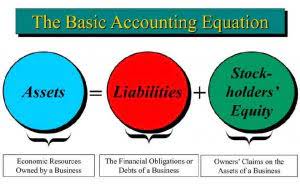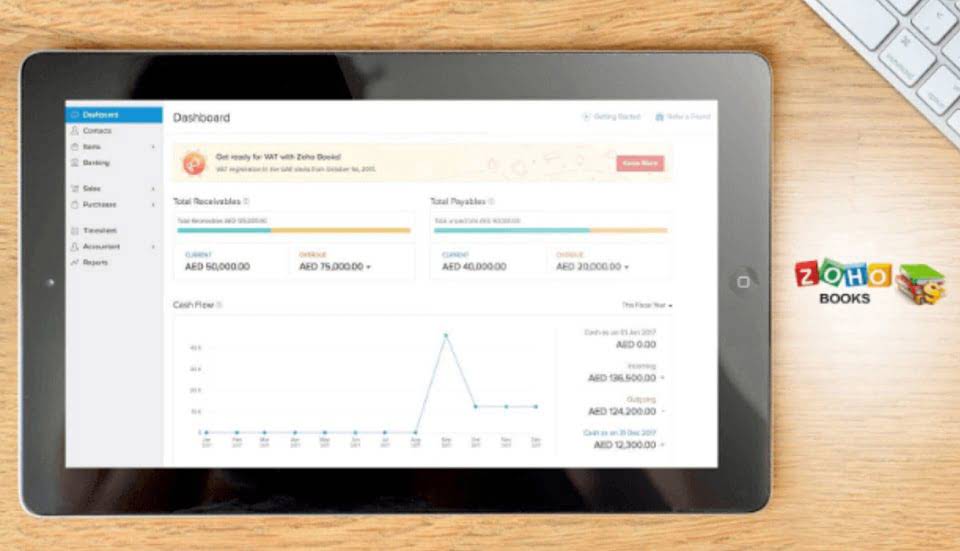
Suppose a business had the following trial balance before any closing journal entries at the end of an accounting period. On Bookkeeping for Etsy Sellers the statement of retained earnings, we reported the ending balance of retained earnings to be $15,190. We need to do the closing entries to make them match and zero out the temporary accounts. Both closing entries are acceptable and both result in the same outcome.

Closing Journal Entries Process

Closing entries are typically made at the end of an accounting period, after financial statements have been prepared. This is because closing entries are used to transfer temporary account balances to permanent accounts, and financial statements are prepared using the balances in the temporary accounts. Closing entries are also made after adjusting entries, which are used to update accounts before financial statements are prepared. Closing entries have a direct impact on the balance sheet, as they transfer temporary account balances to permanent accounts. The balance sheet captures a snapshot of a company’s financial position at a given point in time, and closing entries help to ensure that the balance sheet accurately reflects the company’s financial position.
Step 2: Close Expense Accounts
Post-closing procedures are essential steps in the accounting cycle that follow the closing of the books at the fiscal year-end. These procedures ensure that all temporary accounts, such as revenues and expenses, are reset to zero, allowing for a clean start in the new fiscal year. This process helps in accurately reflecting the financial position of the company. It is permanent because it is not closed at the end of each accounting period.
Accounting Monthly Close Process Challenges & Tips
Thebusiness has been operating for several years but does not have theresources for accounting software. This means you are preparing allsteps in the accounting cycle by hand. In order to produce more timely information some businesses issue financial statements for periods shorter than a full fiscal or calendar year. Such periods are referred to as interim periods and the accounts produced as interim financial statements. While understanding the manual process provides essential accounting knowledge, modern businesses benefit significantly from automating these procedures.
Step 3: Close Income Summary to the appropriate capital account
- This gives you the balance to compare to the income statement, and allows you to double check that all income statement accounts are closed and have correct amounts.
- Revenue, expense, and dividend accounts affect retained earnings and are closed so they can accumulate new balances in the next period, which is an application of the time period assumption.
- This includes recording all income and expenses, as well as any outstanding invoices or payments.
- Regardless of size or structure, closing entries are essential for accurate period-to-period financial reporting.
- Utilizing these tools can save time, reduce errors, and provide valuable insights into the organization’s financial health.
Next, adjustments are made to account for any accrued expenses, depreciation, and other necessary end-of-year entries. These adjustments help in aligning the financial records with the actual financial position of the company. Once adjustments are completed, the temporary accounts, such as revenue and expense accounts, are closed to the income summary account. Temporary (nominal) accounts are accounts thatare closed closing entries at the end of each accounting period, and include incomestatement, dividends, and income summary accounts. This is no different from what will happen to a company at theend of an accounting period.

The fourth entry requires Dividends to close to the Retained Earnings account. Remember from your past studies that dividends are not expenses, such as salaries paid to your employees or staff. Instead, declaring and paying dividends is a balance sheet method utilized by corporations to return part of the profits generated by the company to the owners of the company—in this case, its shareholders.
- A net loss would decrease retained earnings so we would do the opposite in this journal entry by debiting Retained Earnings and crediting Income Summary.
- This is done by debiting the revenue account and crediting the Income Summary, resetting the revenue accounts to zero.
- The first part is the date of declaration, which creates the obligation or liability to pay the dividend.
- By preparing closing entries in accounting, businesses ensure a clean slate for the next period.
- The income summary is a temporary account used to make closing entries.
- Once all of the temporary accounts have been closed, review the journal entries to ensure that they are accurate and complete.
At the start of the new accounting period, the closing balance from the previous accounting period is brought forward and becomes the new opening balance on the account. Other than the retained earnings account, closing journal entries do not affect permanent accounts. Only temporary accounts require closing entries because they represent performance measures for a specific timeframe. Without closing entries, these accounts would continuously accumulate balances from period to period, making it impossible to accurately measure performance for each distinct accounting period.


It involves reconciling all accounts, verifying the accuracy of financial statements, and ensuring all transactions have been appropriately recorded. This meticulous process helps in providing a clear financial picture and aids in strategic planning for the upcoming year. One of the key aspects of post-closing procedures is the preparation of the post-closing trial balance. This document lists all the permanent accounts, including assets, liabilities, and equity, ensuring that the ledger is balanced. It serves as a final check to confirm that the closing entries were made correctly and that no errors have been overlooked. If dividends were not declared, closing entries would cease atthis point.
Note that by doing this, it is already deducted from Retained Earnings (a capital account), hence will not require a closing entry. The business has been operating for several years but does not have the resources for accounting software. This means you are preparing all steps in the accounting cycle by hand.





